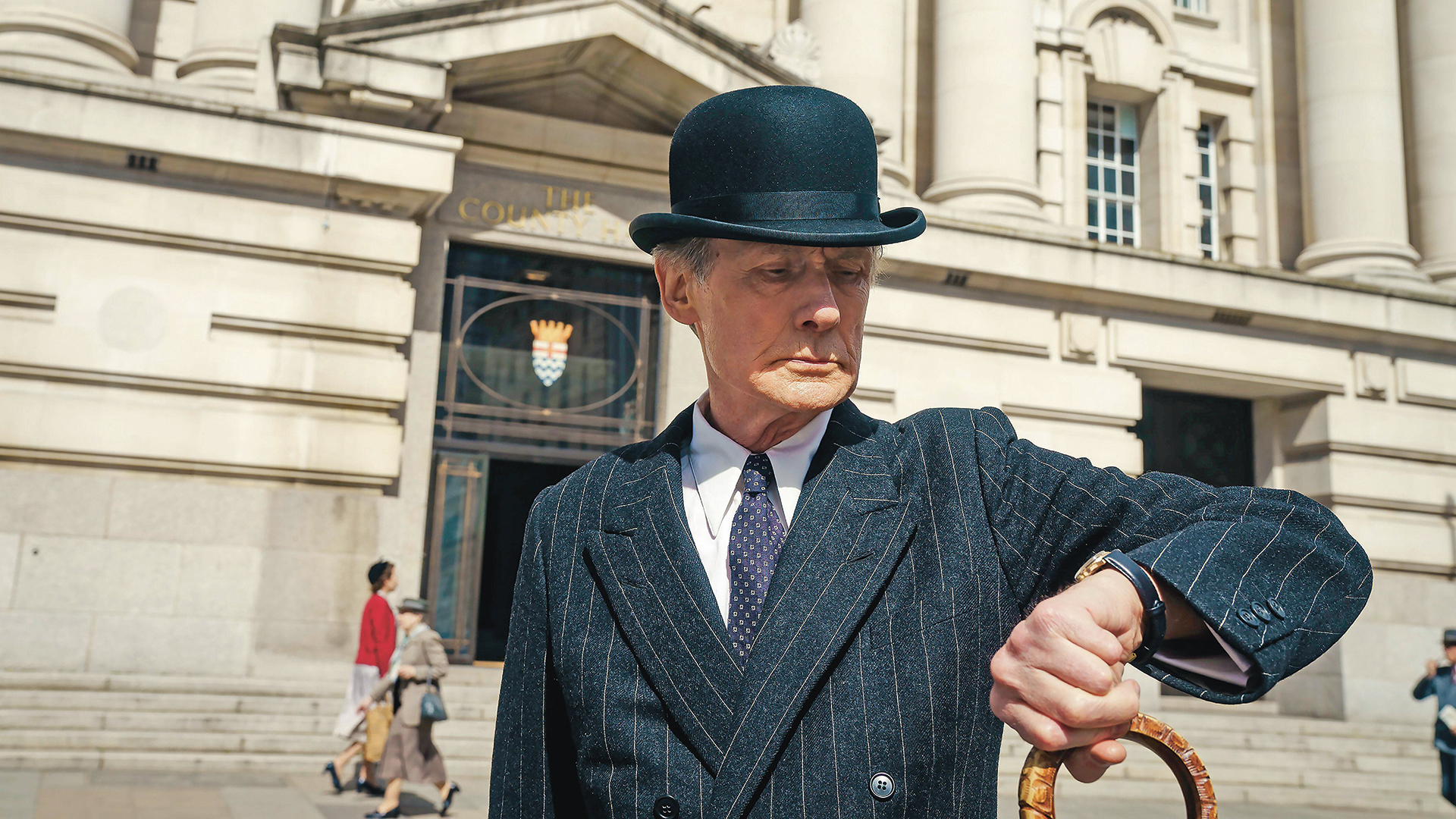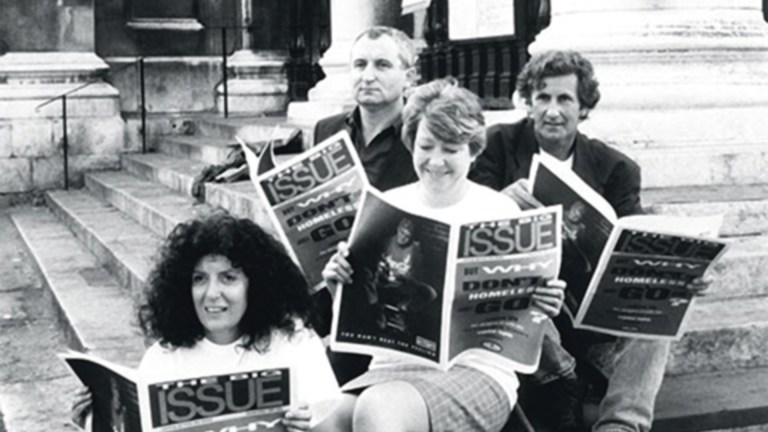The star of the film Living is not any of the actors, but the large municipal authority called the London County Council. The Bill Nighy character, Mr Williams, is a bloodless, routine-driven clerical slave to this municipal monster, expressing a kind of deep postwar angst of alienation and English class anxiety. County Hall is the setting of the vast and ugly reality where deeds without meaning are performed by the largely lower middle- or upper-working-class clerks who throng to their daily labours.
County Hall sits on the Thames almost opposite Parliament, and plays the role of the sinister abuser of people’s time on Earth. Set in the early 1950s, it’s a coloured film of a more black-and-white time.
Bill Nighy is middle-class clerk Mr Williams, who is interrupted in his ceaseless paper pushing and obnoxious workload by a doctor’s diagnosis of imminent death. The die is cast, the routine suspended for a number of days after this dreadful news. And a trip to the seaside and the suggestion of flesh, drink and dancing shows him what he’s been missing. Returning to work he decides that, instead of simply pushing paper around the labyrinth, he will actually complete a project. A project that we would all love: a children’s playground on a bombsite in Stepney Green.
So little gets achieved by his monstrous body of wasted labour that it is heroic to see Mr Williams follow through when a group of spirited mothers ceaselessly petition County Hall for their playground. Mr Williams, desperate to leave some legacy of achievement, sets off with his band of clerks to achieve it. They manage to get the playground done, and he can die in peace.
The early 1950s is all so efficiently ordered that it comes across as a big slab of propaganda, but done delightfully, with a proficiency that belies the inefficiencies of the times it purports to describe.
Filmmaking today is so beautiful and well-acted, so careful and seemingly thoughtful, that it turns the 1950s that I lived through into something unrecognisable. Which is hardly surprising considering I spent most of the 1950s hungry, cold and chased by coppers.











